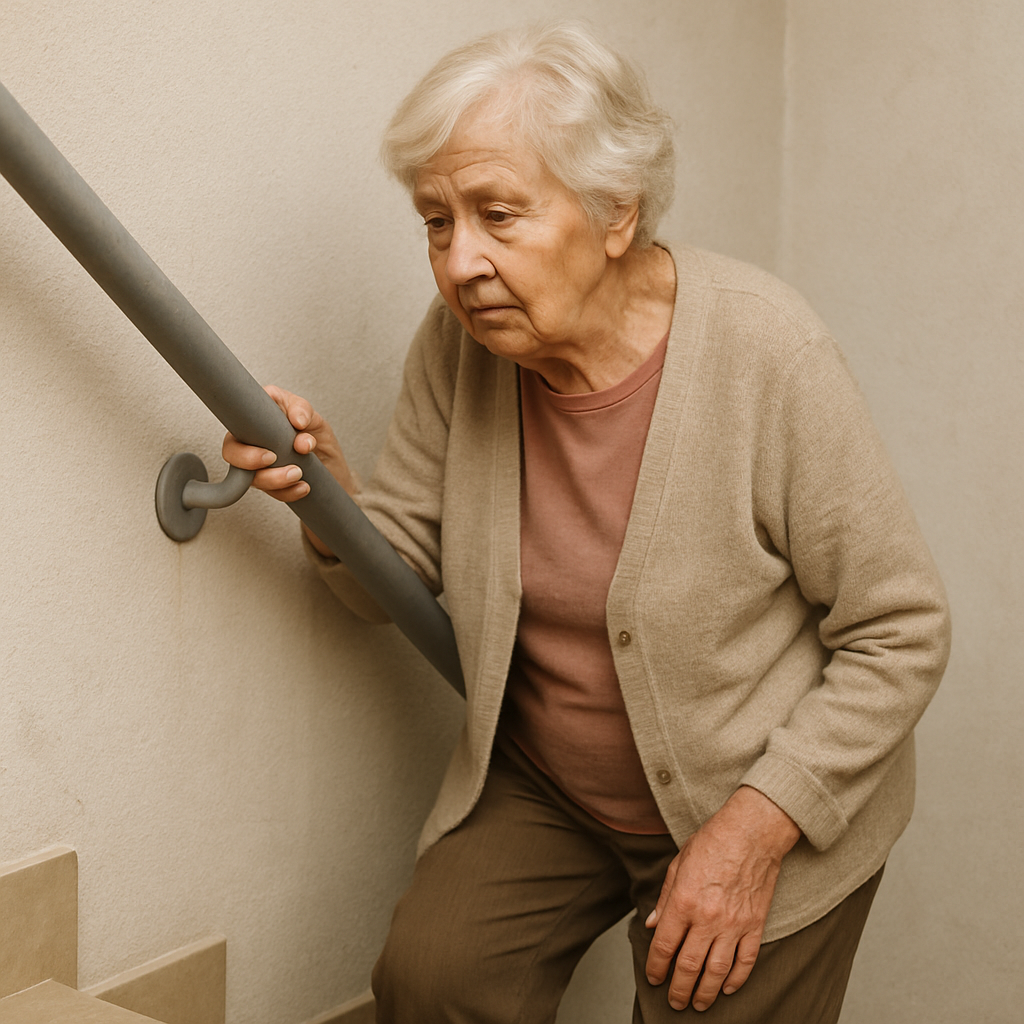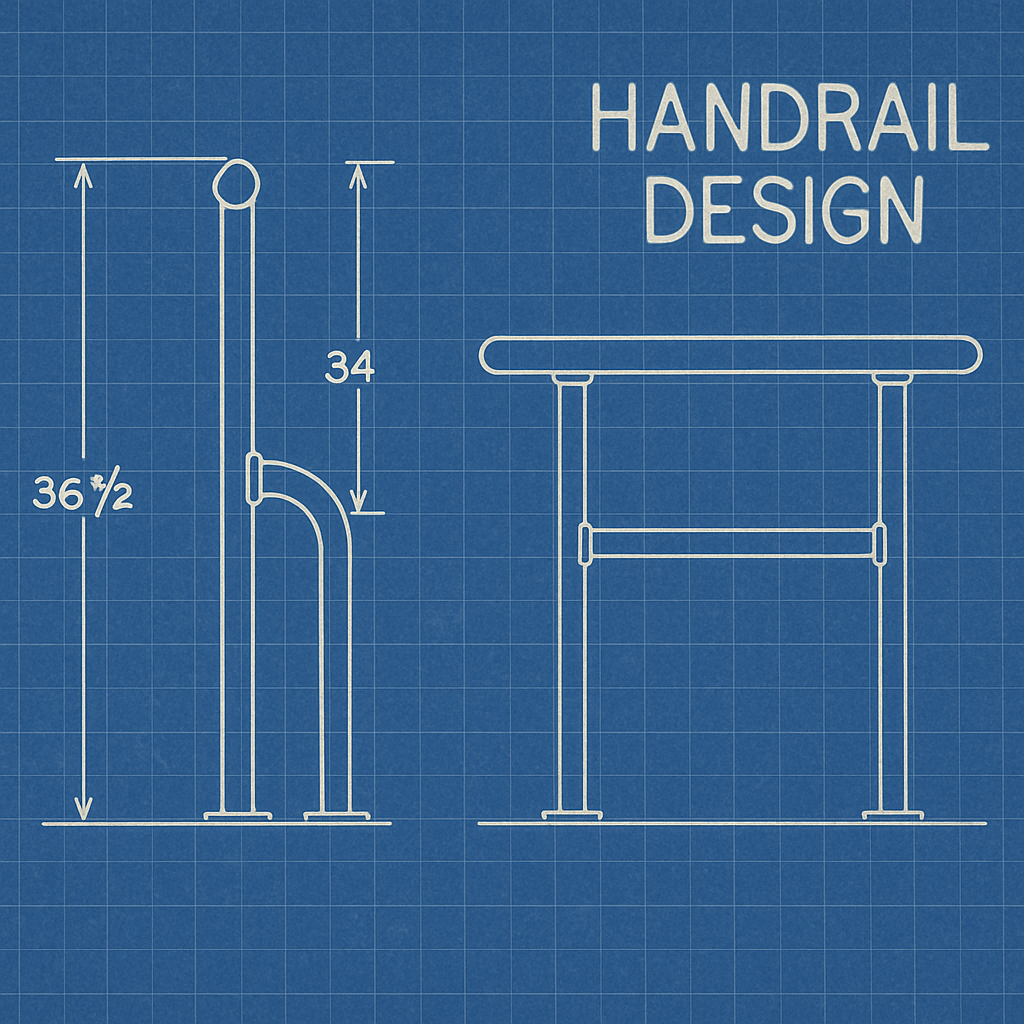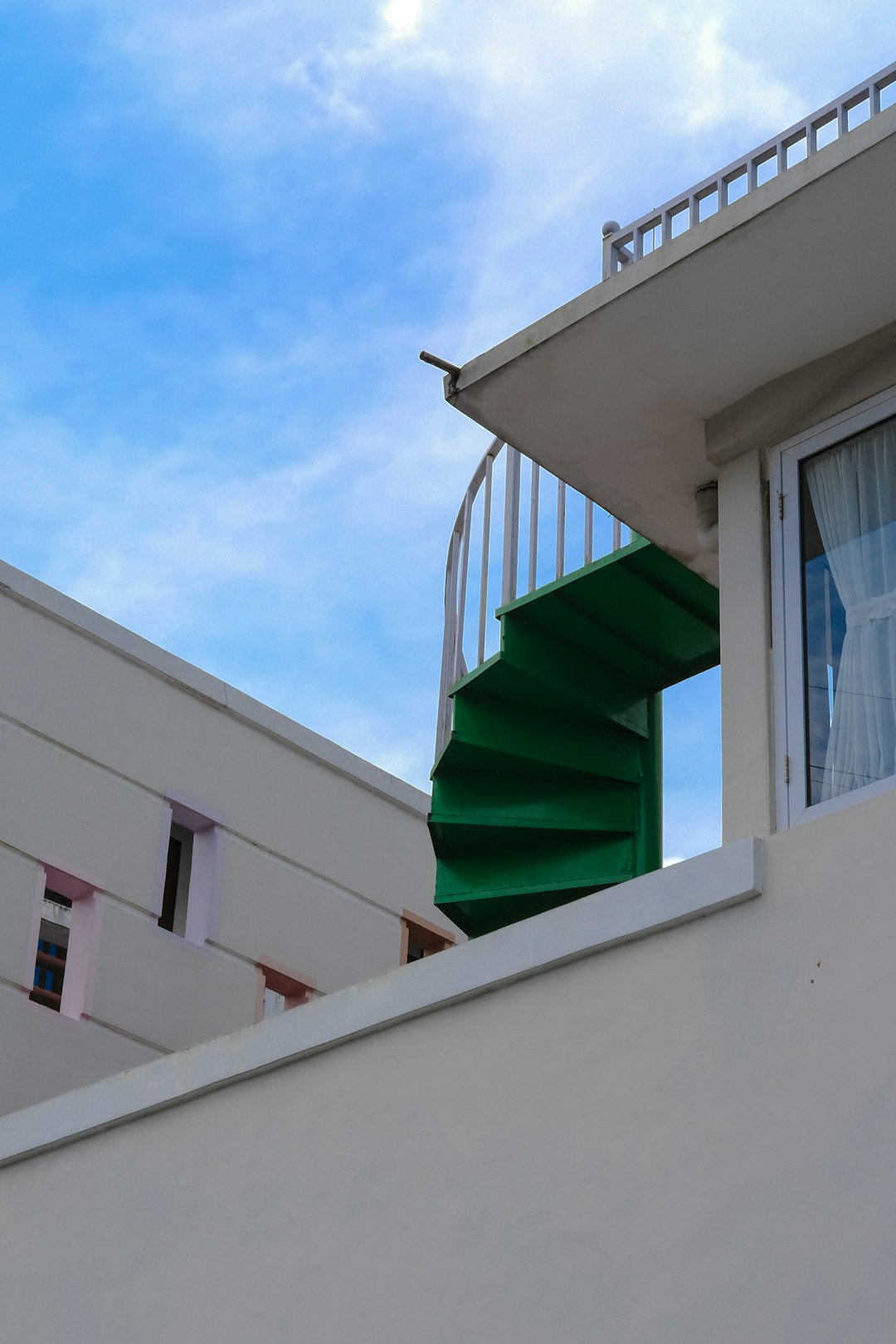 Service Hotline:13510328459
Service Hotline:13510328459
 205-206, 2nd Floor, Building 2, Xiazao Village Industrial Zone, Gaofeng Community, Dalang Street, Longhua District, Shenzhen City
205-206, 2nd Floor, Building 2, Xiazao Village Industrial Zone, Gaofeng Community, Dalang Street, Longhua District, Shenzhen City
 Service Hotline:13510328459
Service Hotline:13510328459
 205-206, 2nd Floor, Building 2, Xiazao Village Industrial Zone, Gaofeng Community, Dalang Street, Longhua District, Shenzhen City
205-206, 2nd Floor, Building 2, Xiazao Village Industrial Zone, Gaofeng Community, Dalang Street, Longhua District, Shenzhen City
Time:2025-09-24 Preview:
When it comes to ensuring the safety and mobility of residents in a nursing home, installing handrails is a critical step. Handrails provide the necessary support for individuals with mobility challenges, helping to prevent falls and enhance independence. Whether you’re a facility manager or a maintenance expert, understanding the intricacies of nursing home handrail installation can make a significant difference in the safety and comfort of your residents.
Handrails are more than just supportive fixtures. They are essential components of a safe environment in nursing homes. With the right handrail installation, you can significantly reduce accidents and provide residents with the confidence they need to move around independently. Here’s why they are crucial:
Fall Prevention: Handrails offer stability, reducing the risk of falls, which are a common cause of injury in nursing homes.
Enhanced Mobility: They support residents in navigating hallways and common areas, promoting independence.
Support in Emergencies: In case of an emergency evacuation, handrails guide residents to safety.

Creating a successful handrail installation plan involves several key components. A comprehensive blueprint ensures that every aspect of the installation is covered, leading to a safer environment for residents.
Before any installation begins, conduct a thorough assessment of the facility. This involves identifying key areas where handrails are necessary, such as hallways, bathrooms, and staircases. Consider the specific needs of your residents and consult with healthcare professionals if needed.
Evaluate High-Traffic Areas: Determine which areas require additional support based on resident movement patterns.
Consult with Experts: Engage with professionals who specialize in elder care to ensure the handrail plan meets health and safety standards.
The choice of materials for handrails is crucial. They should be durable, easy to maintain, and comfortable for residents to grip. Common materials include:
Wood: Offers a warm aesthetic and a comfortable grip.
Metal: Known for its durability and strength.
Vinyl: Easy to clean and maintain, ideal for high-traffic areas.
When selecting materials, ensure they are resistant to wear and tear and meet any relevant safety regulations.
Design and layout play a significant role in the effectiveness of handrails. Consider the following:
Height and Width: Handrails should be installed at a height that is comfortable for residents to grip, usually between 34 and 38 inches from the floor.
Continuous Rails: Whenever possible, handrails should be continuous along the length of the hallway or staircase to provide uninterrupted support.
End Caps and Brackets: Ensure that the ends of handrails are smooth and that brackets are securely fastened to prevent accidents.
The installation phase is where planning and preparation come to life. Here’s a step-by-step guide to ensure a smooth installation process:
Marking and Measuring: Begin by marking the areas where handrails will be installed. Measure accurately to ensure consistency.
Drilling and Anchoring: Drill holes for brackets and ensure they are anchored securely to support the weight and pressure of users.
Mounting the Handrails: Carefully mount the handrails, ensuring they are level and securely attached to the brackets.
Final Inspection: After installation, perform a final inspection to ensure all components are secure and meet safety standards.

Regular maintenance and safety checks are essential to ensure that handrails remain in optimal condition. Establish a schedule for routine inspections and cleaning to prevent wear and tear.
Routine Inspections: Check for any loose brackets or signs of damage. Address any issues immediately to maintain safety.
Cleaning and Sanitizing: Regularly clean handrails to prevent the spread of germs, especially in a nursing home setting.
While some facilities may opt for DIY installation, hiring a professional offers several advantages:
Expertise: Professionals have the experience and knowledge to ensure installations meet all safety regulations.
Efficiency: A professional team can complete the installation more quickly and with less disruption to daily activities.
Safety Compliance: Professionals are familiar with the latest safety standards and can ensure that your facility is compliant.

In conclusion, a well-executed nursing home handrail installation blueprint is essential for creating a safe and supportive environment for residents. From assessment and planning to material selection and installation, each step plays a crucial role in ensuring the safety and mobility of residents. By understanding and implementing these key components, you can enhance the quality of life for those in your care, providing them with the confidence to move freely and safely.
Remember, investing in high-quality handrail installations not only enhances safety but also demonstrates a commitment to the well-being of residents, ultimately leading to a more caring and supportive community. Whether you choose to undertake this task independently or hire professionals, the focus should always remain on safety, comfort, and the specific needs of your residents.
